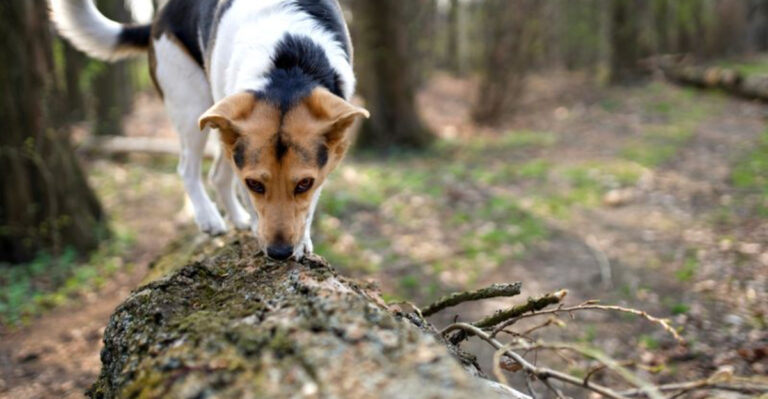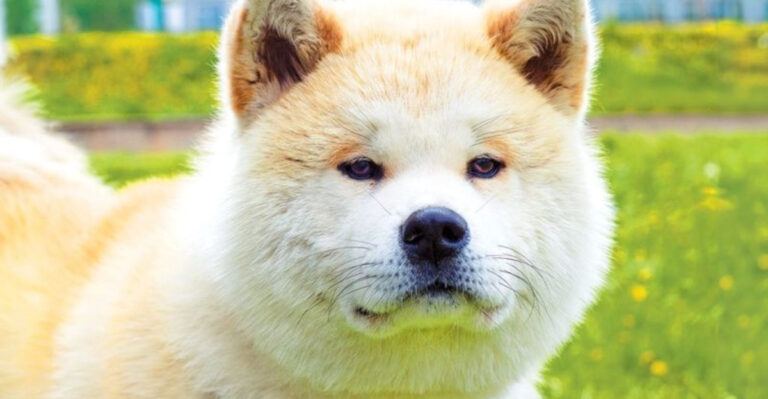17 Everyday Habits That Could Be Causing Your Dog Anxiety
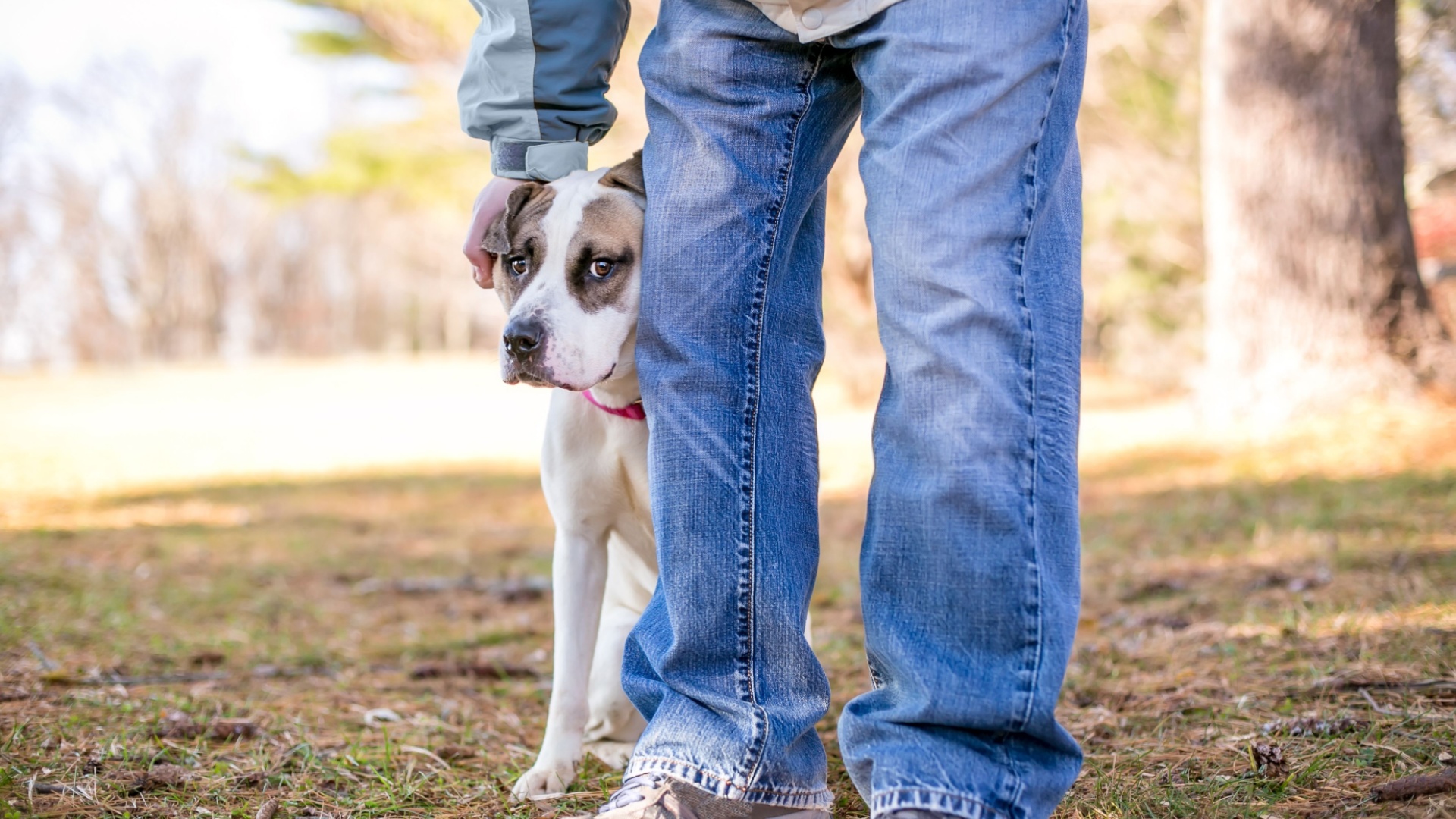
Dogs, like humans, can experience anxiety due to a variety of everyday situations. We’ll explore common habits that might be inadvertently contributing to your dog’s discomfort.
By understanding these triggers, we can provide a more stable and comforting environment for our furry friends. Some dogs are naturally prone to anxiety, but all dogs might experience it when we do certain things, so it’s good to understand them!
1. Leaving Them Alone For Long Periods
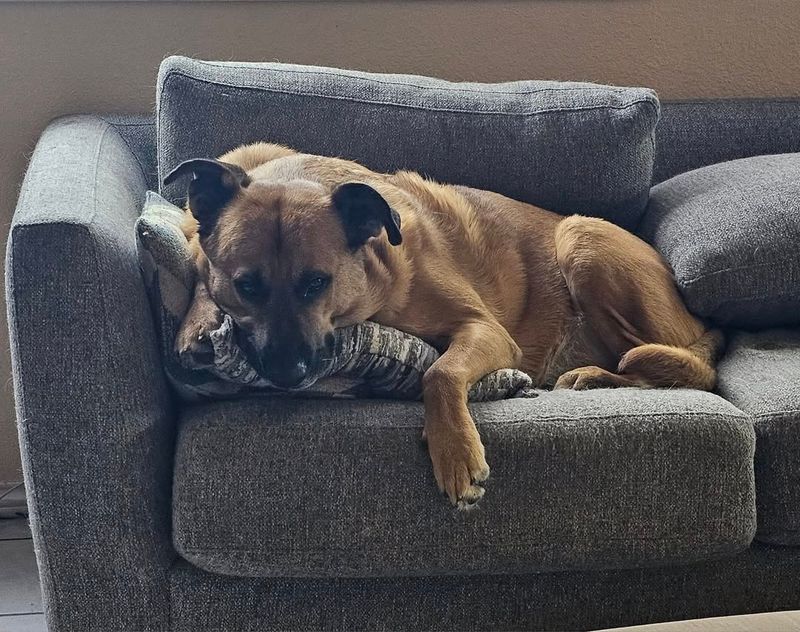
When dogs are left alone for extended periods, it can lead to significant anxiety. Dogs are pack animals by nature, and they thrive on companionship and social interaction. Being alone for too long can make them feel abandoned, leading to feelings of stress and anxiety.
Separation anxiety can manifest in various ways, such as destructive behavior, excessive barking, or even attempting to escape the house. To mitigate this, try to ensure that your dog has companionship during the day, whether it’s through doggy daycare, a pet sitter, or playdates with other dogs.
Additionally, providing your dog with toys and activities that can keep them occupied while you’re away can also help reduce anxiety levels. Remember, a tired dog is a happy dog, so ensure they get plenty of exercises before you leave. Creating a comfortable and safe environment for your dog when you’re not home can make a world of difference to their mental state.
2. Ignoring Their Attempts To Interact
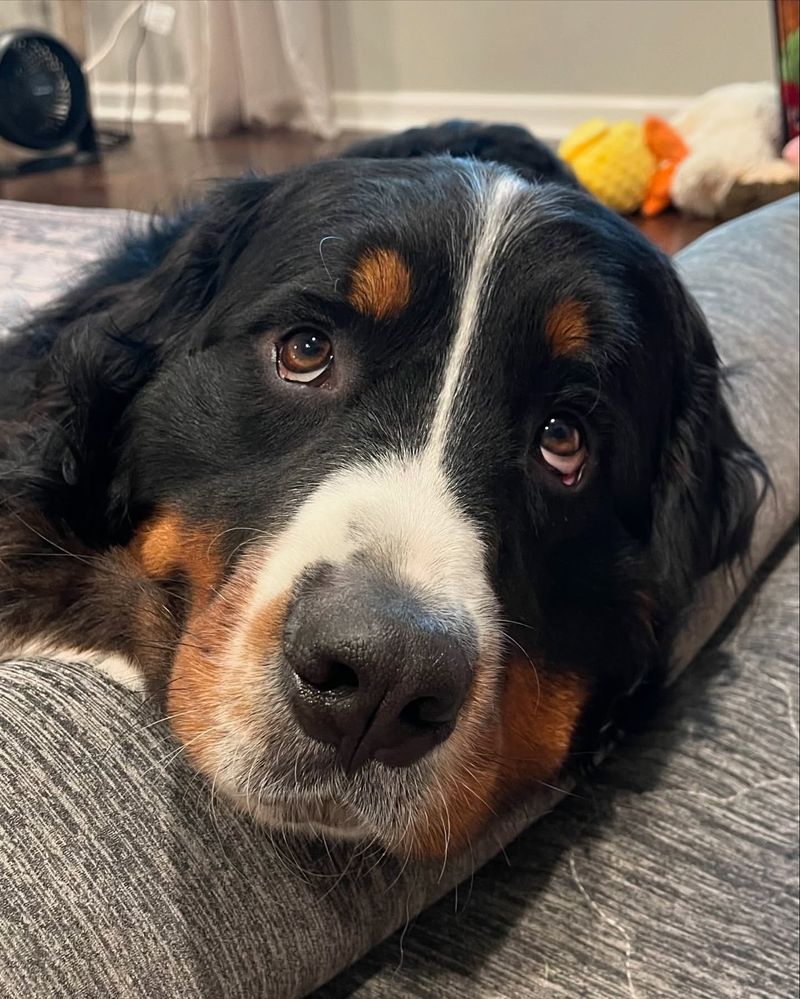
Dogs are highly social creatures and thrive on interaction with their human companions. Ignoring their attempts to interact can lead to feelings of rejection and anxiety. This habit can send a message that they are not valued, causing them to feel insecure.
If your dog approaches you for attention, try to acknowledge them even if it’s just a brief pat or a kind word. This small gesture can reassure them of your affection and presence. Interacting with your dog strengthens your bond and helps them feel more secure and loved.
Building regular play sessions into your routine can also help. Whether it’s a short game of fetch or a leisurely walk in the park, these activities provide your dog with much-needed mental and physical stimulation. Don’t underestimate the power of your attention; it’s one of the simplest ways to make your dog feel appreciated and less anxious.
3. Drastic Changes In Routine Or Environment
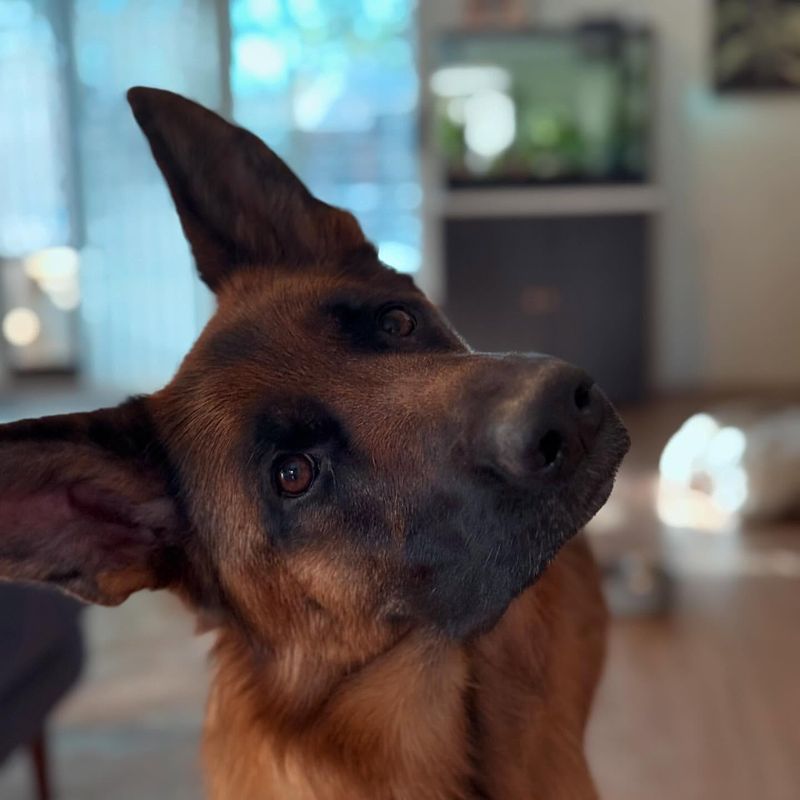
Dogs thrive on routine and predictability. Sudden changes in their daily routine or environment can be quite unsettling, leading to anxiety. Whether it’s a new piece of furniture or a change in feeding times, dogs can become stressed by these unexpected shifts.
To minimize anxiety, try to introduce changes gradually. If you’re moving furniture, do it piece by piece and give your dog time to adjust. Similarly, if you need to change their feeding schedule, adjust it by small increments over several days.
It’s also helpful to maintain consistency in other areas of their life, such as walks and playtime. By keeping certain elements of their routine stable, you provide them with a sense of security and familiarity, helping to counterbalance the stress of change.
4. Punishing Them Without Understanding The Cause Of Their Behavior
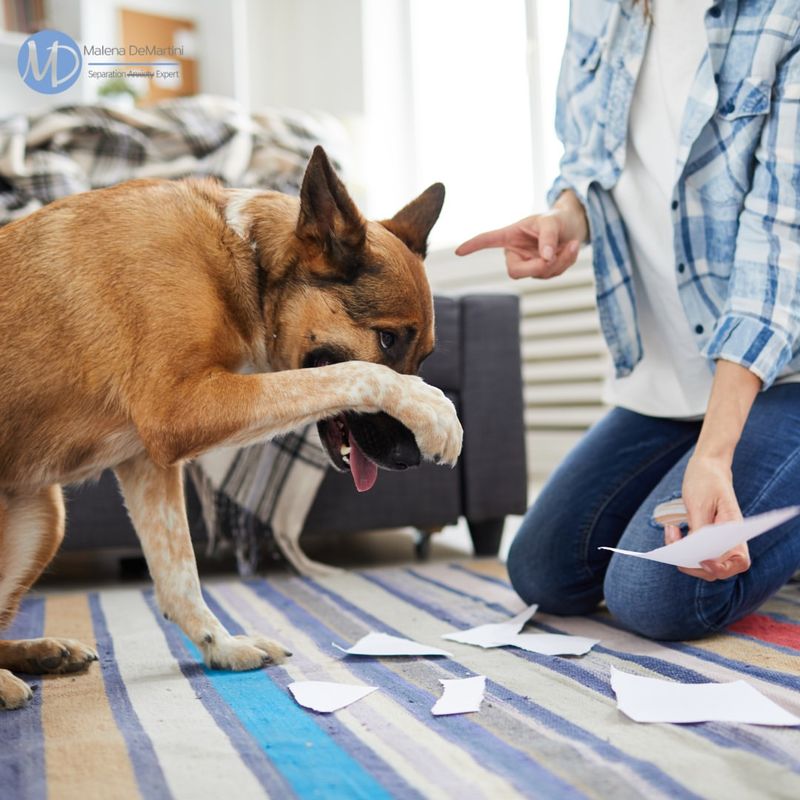
Punishing a dog without understanding the root of their behavior can create confusion and anxiety. Dogs often behave in certain ways for reasons they cannot articulate, such as fear, pain, or confusion.
Instead of punishment, focus on understanding what might be causing the behavior. It might be helpful to keep a behavior log, noting when and where these behaviors occur. This can offer insights into potential triggers or patterns.
Consider consulting a professional dog trainer or a veterinarian to better understand your dog’s behavior. Positive reinforcement, rather than punishment, is often more effective in curbing undesirable behaviors and reducing anxiety. By addressing the underlying issues, you help create a more peaceful and understanding environment for your dog.
5. Using Harsh Tones Or Loud Yelling
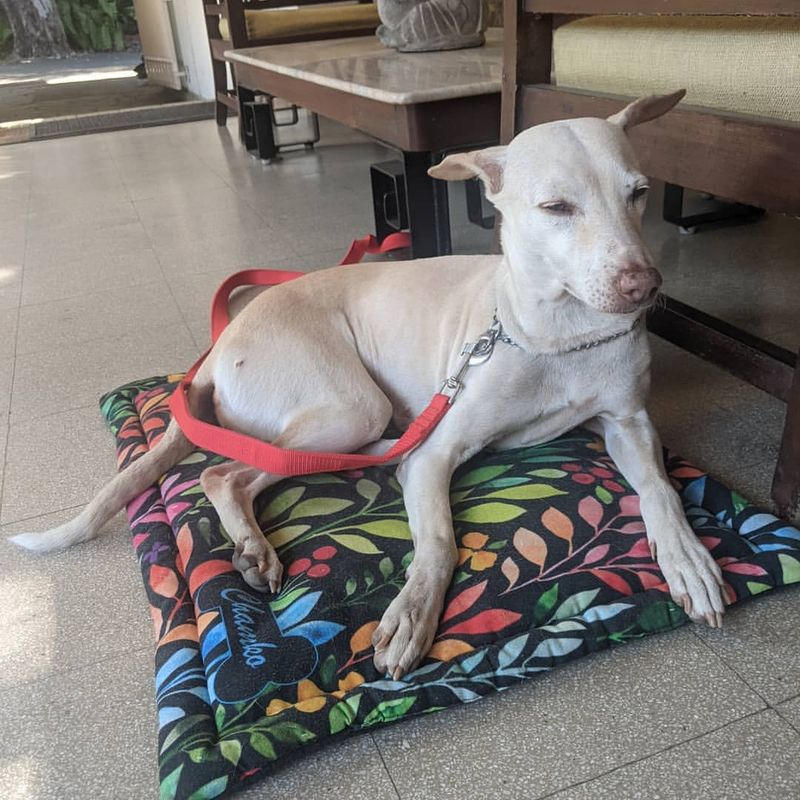
Dogs are sensitive to the tone of their owner’s voice. Using harsh tones or yelling can instill fear and anxiety in your pet. Such reactions may lead to a breakdown in communication and trust between you and your dog.
It’s important to remember that dogs respond better to calm and positive communication. Instead of yelling, speak to your dog in a calm, assertive manner. This approach not only helps in training but also in making your dog feel secure and loved.
Training classes can be a valuable resource for learning effective communication skills with your pet. Positive reinforcement, rather than negative, tends to yield better results in behavior modification and strengthens the bond you share with your furry companion.
6. Moving Or Rearranging Their Sleeping Or Eating Area
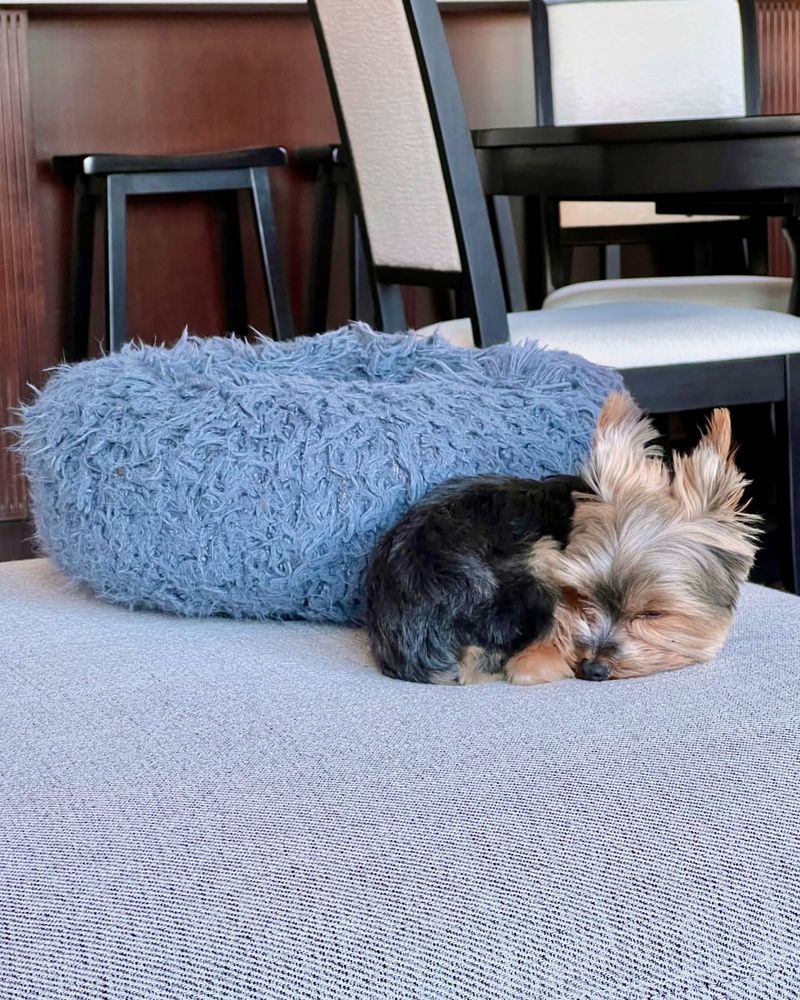
Dogs take comfort in familiarity, especially with their personal spaces like sleeping and eating areas. Moving or rearranging these areas can cause distress and anxiety. This is because these spaces represent safety and routine, and sudden changes can feel like a threat.
If you must move their sleeping or eating area, try to do so gradually. Allow your dog to explore the new setup on their own terms and provide positive reinforcement when they do so. This can help them associate the new area with positive experiences.
Maintaining some elements of the old setup, like their favorite blanket or toy, can also make the transition smoother. These familiar items can provide comfort and reassurance, reducing the anxiety associated with change.
7. Overcrowding Their Living Space With Too Many Pets Or People
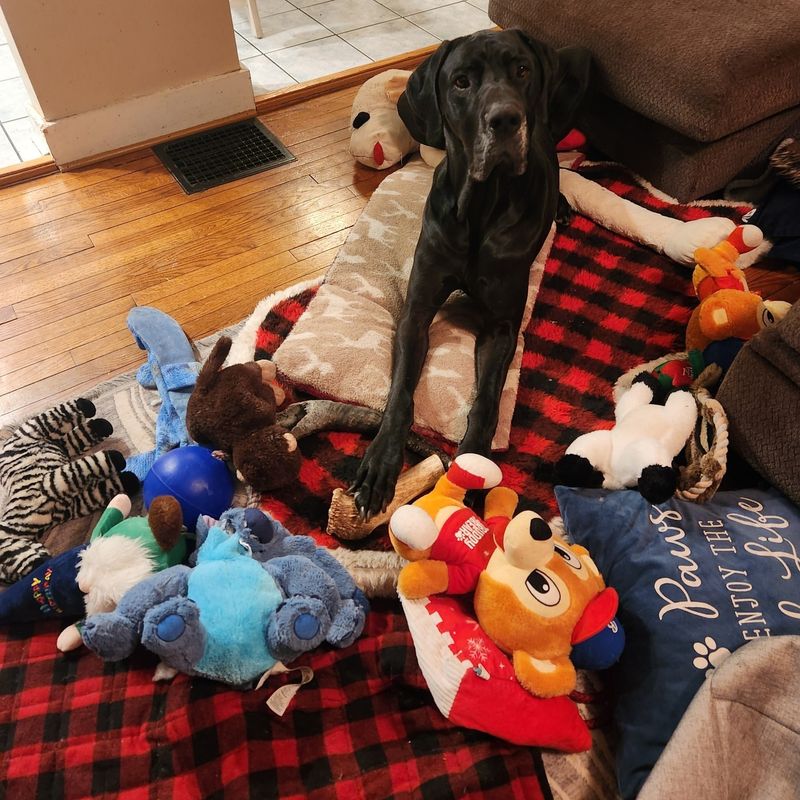
While dogs are social animals, overcrowding can lead to stress and anxiety. An overwhelming number of people or pets can make a dog feel lost and neglected, or even threatened. This is particularly true for dogs that are not naturally social or are new to the environment.
To help alleviate this anxiety, ensure that your dog has a private space where they can retreat when things get too overwhelming. This could be a quiet room or a designated corner where they feel safe.
Keeping the social interactions within a manageable level for your dog, especially during gatherings, can help reduce stress. By observing their behavior, you can gauge when they need a break and provide them with the quiet time they need. This balance ensures they don’t feel overwhelmed or anxious due to overcrowding.
8. Not Providing Enough Mental Stimulation Or Exercise
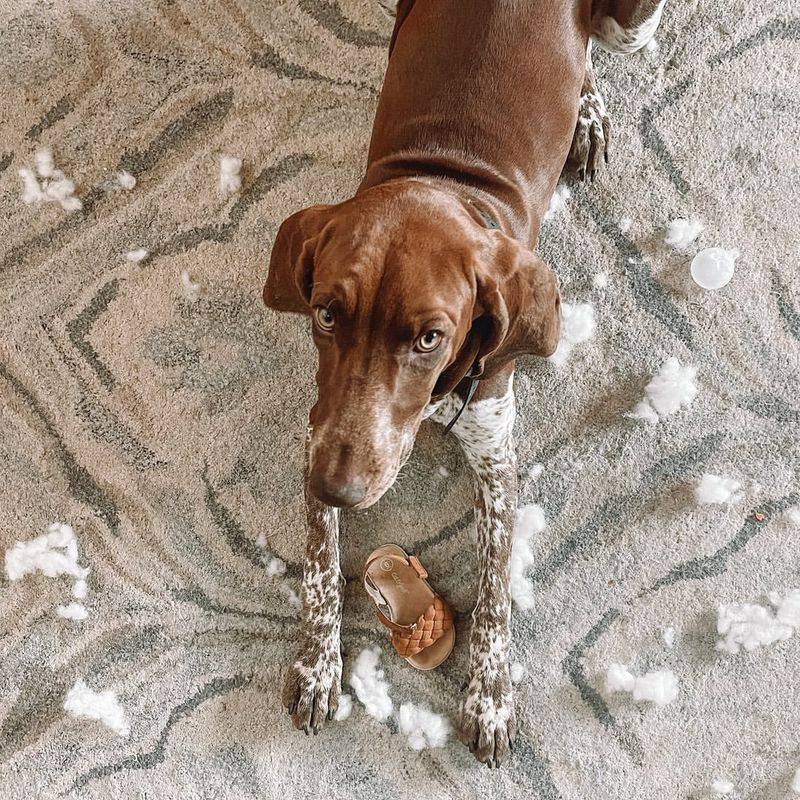
Mental stimulation and exercise are essential for a healthy, happy dog. Lack of these can lead to boredom, and eventually, anxiety. Dogs need regular physical activity and mental challenges to keep them engaged and satisfied.
Regular walks, playtime, and interactive toys can provide both physical and mental stimulation. Consider introducing puzzle toys or training exercises that challenge their problem-solving skills.
Additionally, varying their activities can help maintain their interest and excitement. This variety ensures that they are using both their body and mind, reducing the likelihood of anxiety born from boredom. Engaging them in new and diverse experiences can make a significant positive impact on their mental well-being.
9. Introducing New People Or Animals Abruptly
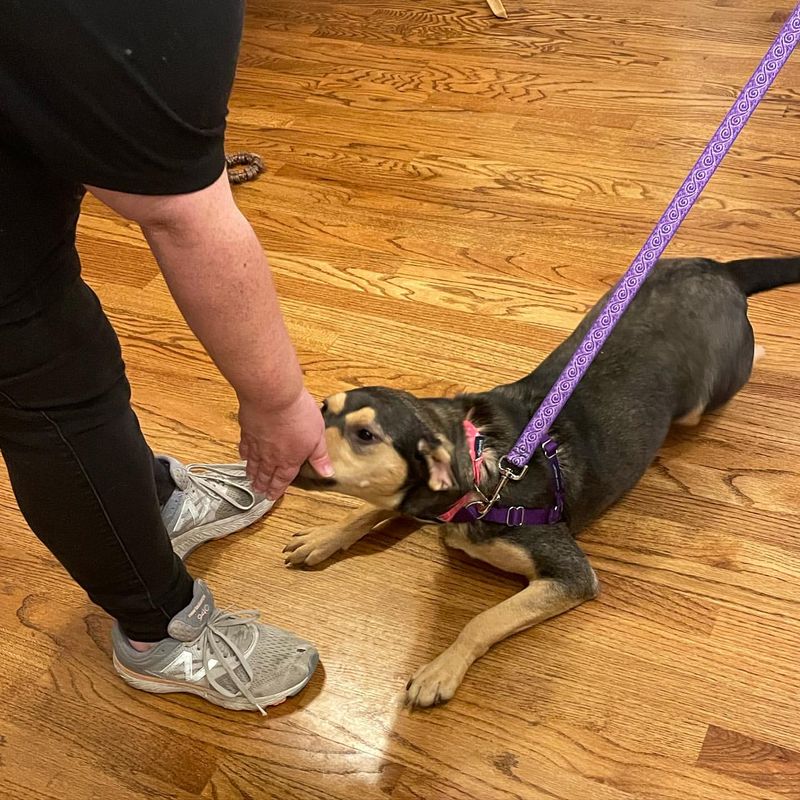
Introducing new people or animals into a dog’s environment abruptly can be stressful. Dogs are creatures of habit, and sudden changes can unsettle them, causing anxiety.
Gradual introductions are key. Allow your dog to observe and approach the new individual or animal on their own terms. This can be facilitated by keeping initial interactions brief and positive.
Positive reinforcement can also help your dog associate these new encounters with positive experiences. Reward them with treats and affection when they remain calm and friendly. This method helps reduce anxiety and builds confidence in new social situations, fostering a more harmonious household.
10. Changing Their Food Or Feeding Times Without A Gradual Transition
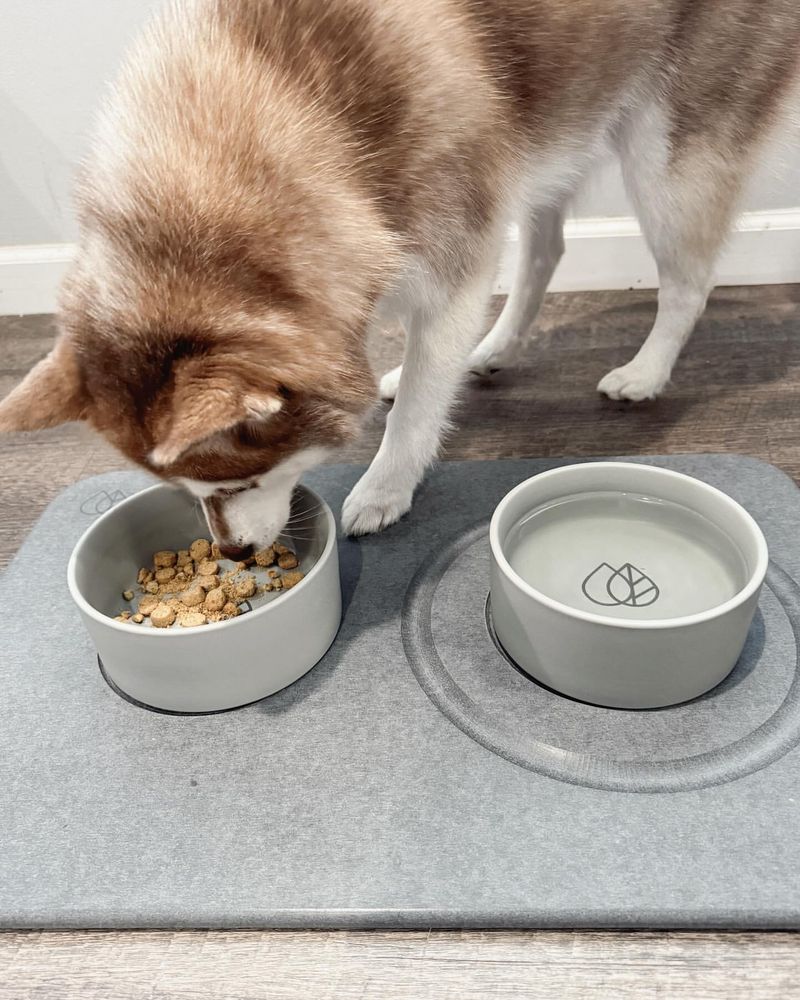
Sudden changes in diet or feeding times can cause anxiety in dogs. They thrive on routine, and abrupt alterations can upset their digestive system and mood.
When changing your dog’s food, it’s important to transition gradually. Mix the new food with the old, increasing the new food’s proportion over time to allow their digestive system to adjust.
Similarly, if feeding times need to be altered, do so gradually. Shift meal times by small increments over several days. These gradual changes help maintain a sense of predictability and security, reducing anxiety and discomfort.
11. Forgetting To Establish A Consistent Daily Schedule
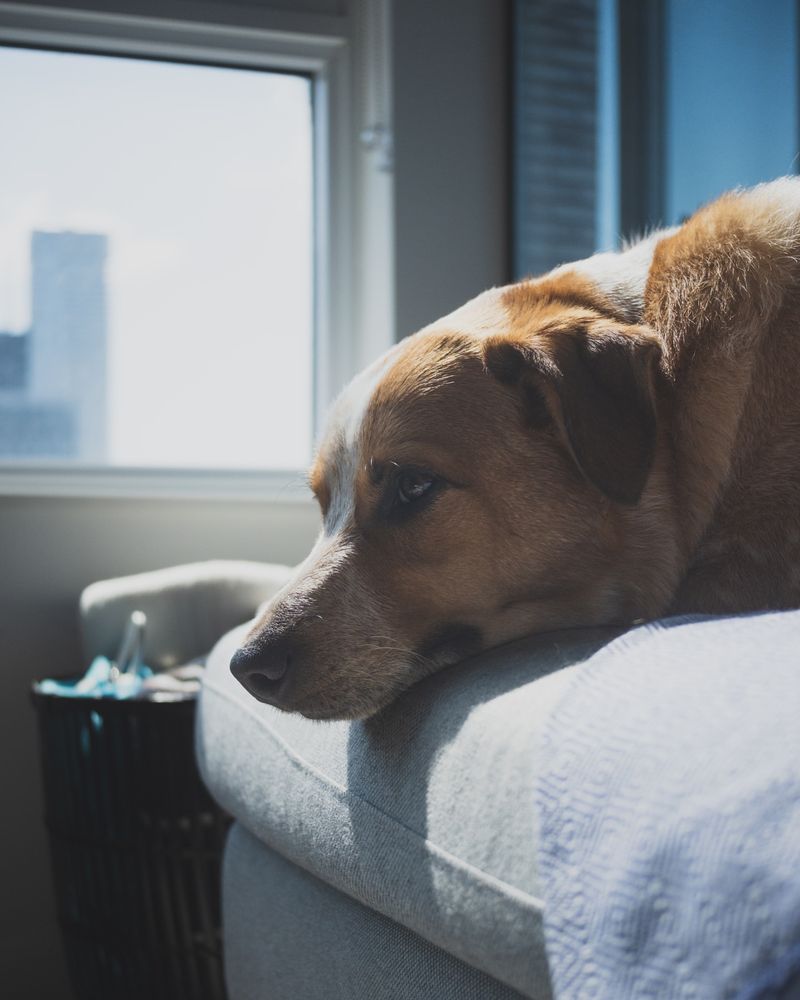
Consistency is key to a dog’s sense of security and well-being. Without a consistent daily schedule, dogs can become anxious and unsettled. Knowing when to expect meals, walks, and playtime helps them feel secure.
Try to stick to a regular routine for feeding, walking, and playtime. This predictability allows your dog to anticipate events, reducing stress and anxiety.
If your schedule needs to change, introduce these variations gradually. Consistency in daily routines can greatly enhance your dog’s comfort and happiness, ensuring they feel secure and well-cared for.
12. Exposing Them To Constant Loud Noises
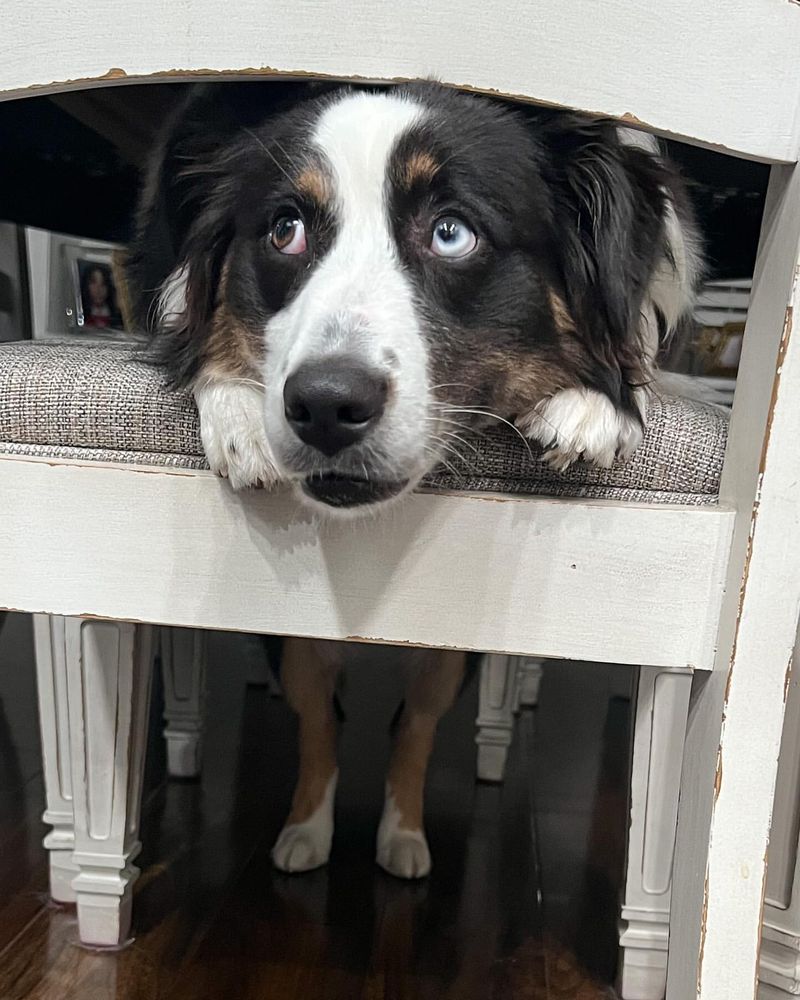
Constant exposure to loud noises can be stressful for dogs. Whether it’s loud music, television, or household machinery, these sounds can unsettle them and lead to anxiety.
Try to create a quiet and calm environment for your dog, especially if they seem sensitive to sounds. Providing them with a designated quiet area where they can retreat can help.
If loud noises are unavoidable, such as during home renovations or parties, consider using calming aids like anxiety wraps or pheromone diffusers. These tools can help reduce stress and make your dog feel more secure and relaxed.
13. Over-coddling Or Not Allowing Them To Explore Their Surroundings
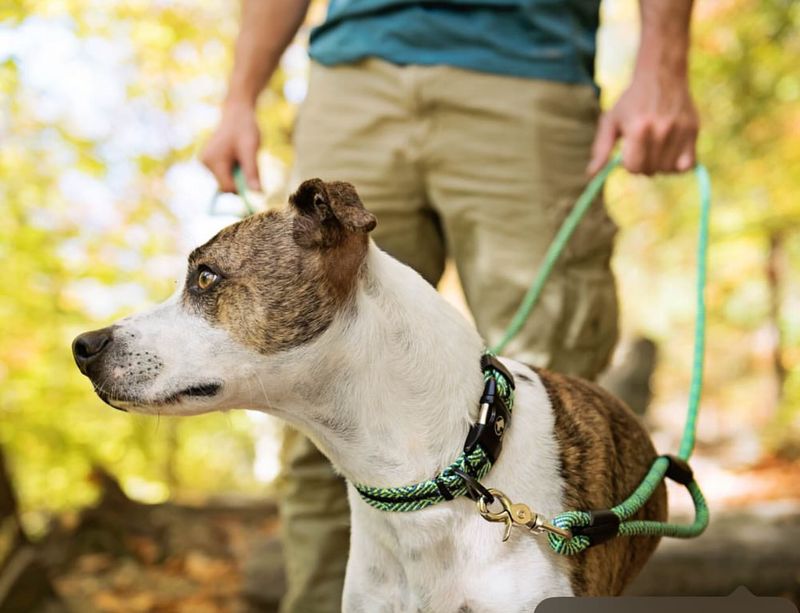
Over-coddling can lead to increased anxiety in dogs by preventing them from exploring and gaining confidence. While affection is important, too much can make them overly dependent on their owners.
Allow your dog to explore their surroundings and engage with the environment on their own terms. This helps them build confidence and independence, reducing anxiety.
Encouraging play and exploration in new environments can enhance their mental stimulation and well-being. Balance is crucial; providing love and attention while also giving them space to grow ensures a well-rounded and happy dog.
14. Forcing Them Into Uncomfortable Situations
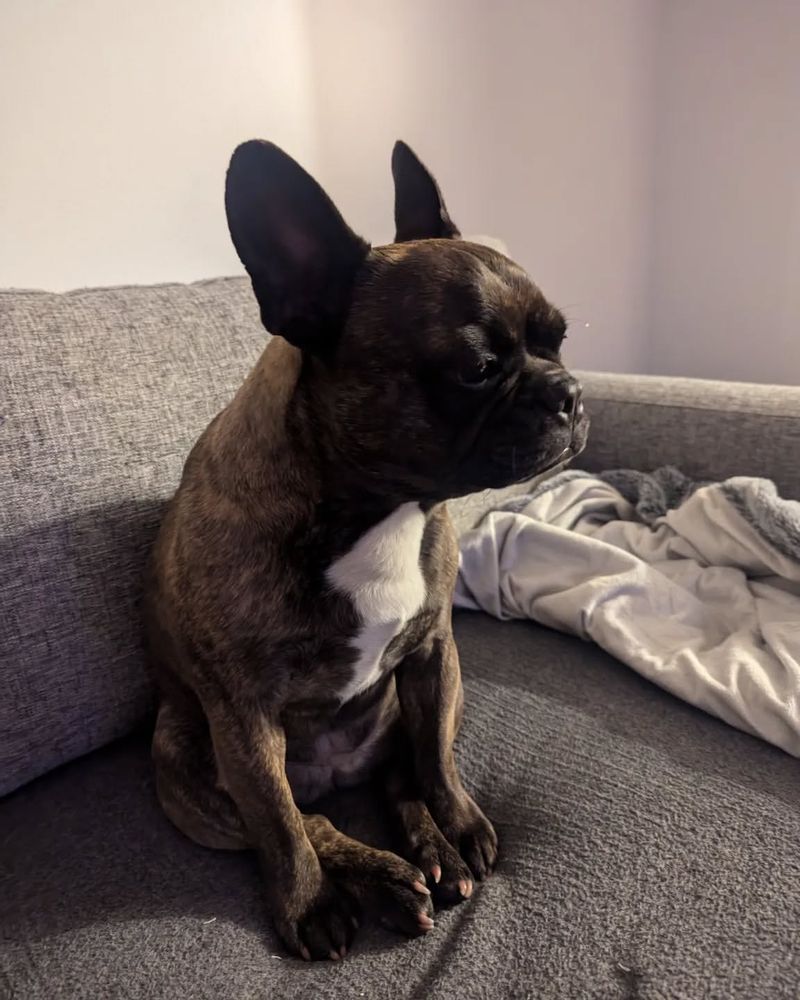
Forcing dogs into uncomfortable situations can lead to anxiety and stress. This includes physical contact with people they dislike or being placed in environments where they feel unsafe.
Respect your dog’s boundaries and be observant of their body language. If they seem uncomfortable, give them space and time to adjust at their own pace.
Encouraging positive interactions and building trust through gradual exposure can help them become more comfortable in new situations. Acknowledging their comfort levels and providing reassurance can reduce anxiety and foster a trusting relationship.
15. Neglecting Grooming Needs Or Making Grooming Sessions Stressful
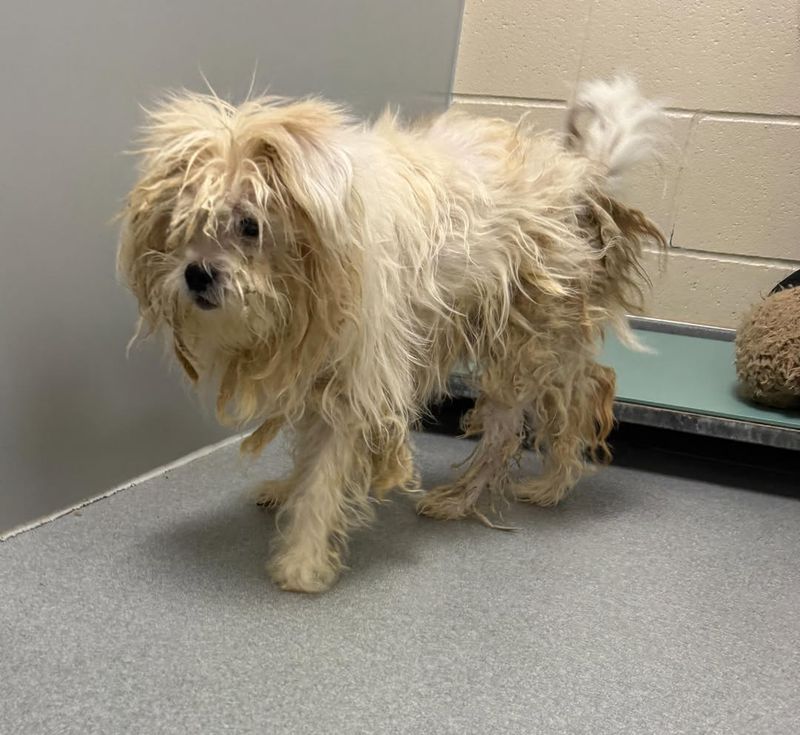
Neglecting grooming needs or making grooming sessions stressful can lead to anxiety in dogs. Regular grooming is essential for their health and comfort, and stressful experiences can make them anxious about future sessions.
Create a calm and positive grooming environment. Use gentle techniques and gradually introduce grooming tools to help them become accustomed to the process.
Positive reinforcement, like treats and praises, can make grooming a more enjoyable experience. Ensuring your dog feels safe and comfortable during grooming can reduce anxiety and make these sessions more pleasant for both of you.
16. Overusing Crates Or Keeping Them Confined Too Often
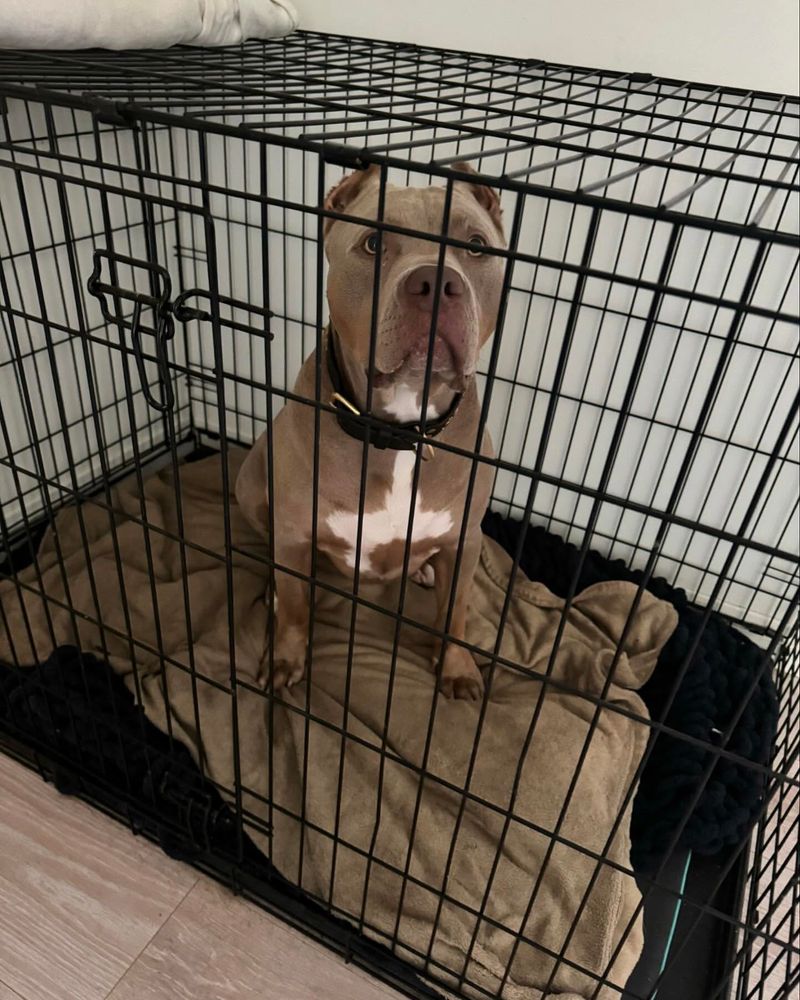
While crates can be a useful training tool, overusing them or keeping a dog confined for extended periods can lead to anxiety. Dogs need space to move around and explore, and excessive confinement can be detrimental to their mental health.
Use crates as a safe space, not a punishment. Allow them to enter and exit freely, and ensure they have plenty of time outside the crate for play and exercise.
Providing a balanced environment with opportunities for free movement and interaction can reduce the stress associated with confinement. Crates should be a place of comfort, not anxiety.
17. Reacting Anxiously To Their Anxious Behaviors

Dogs are highly perceptive and can pick up on their owner’s emotions. Reacting anxiously to their anxious behaviors can reinforce their fears, creating a cycle of anxiety.
Maintain a calm and reassuring demeanor when your dog shows signs of anxiety. Your composed presence can help them feel more secure and less fearful.
Training yourself to respond calmly and offering consistent reassurance can break the cycle of anxiety. By staying composed, you provide a stabilizing influence that helps your dog feel safe and confident.




